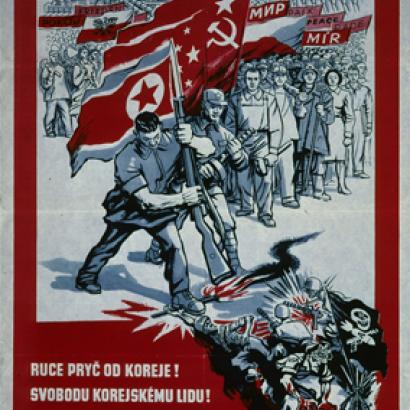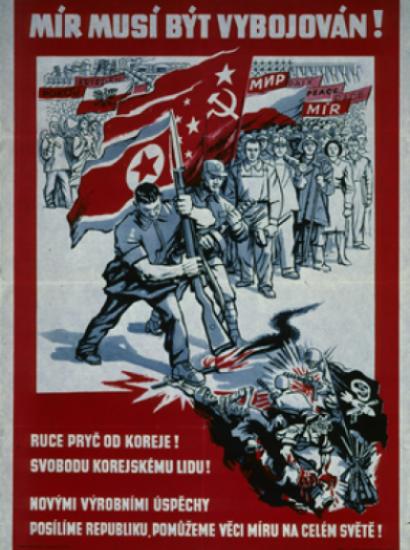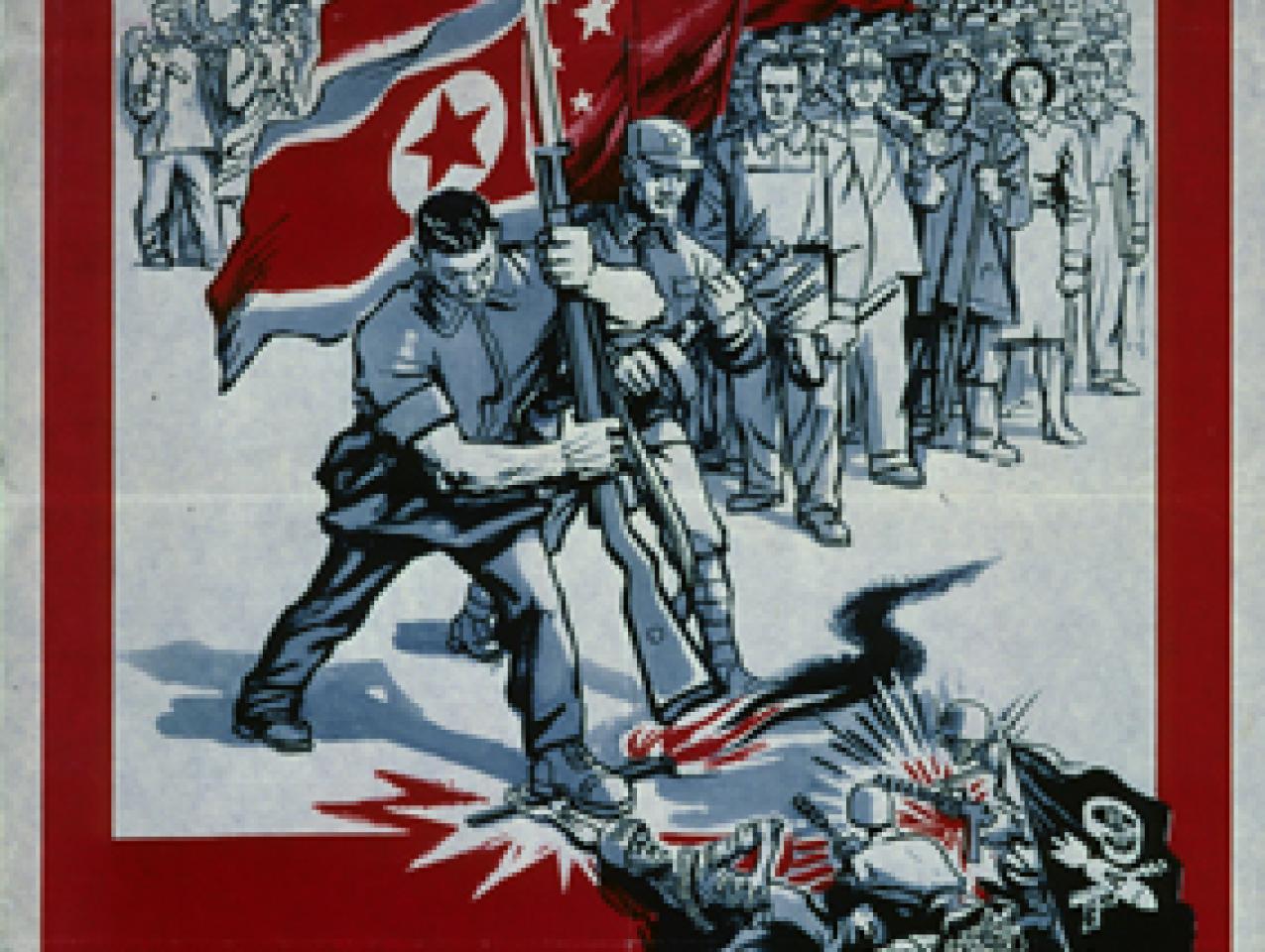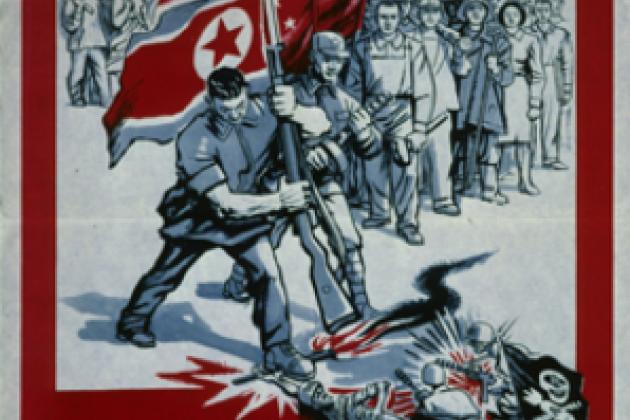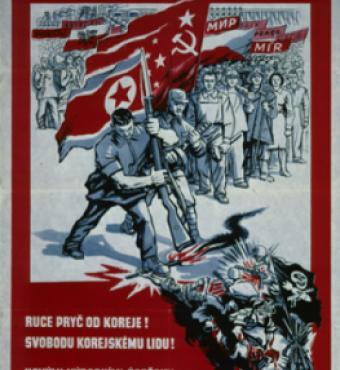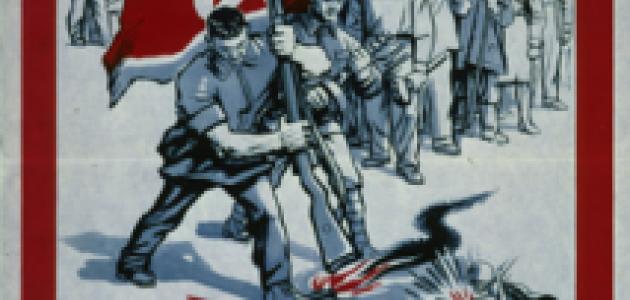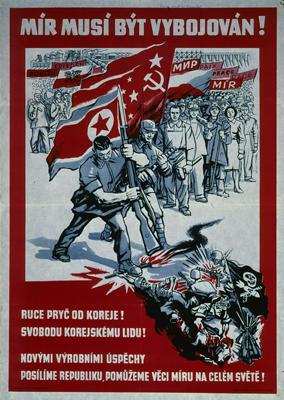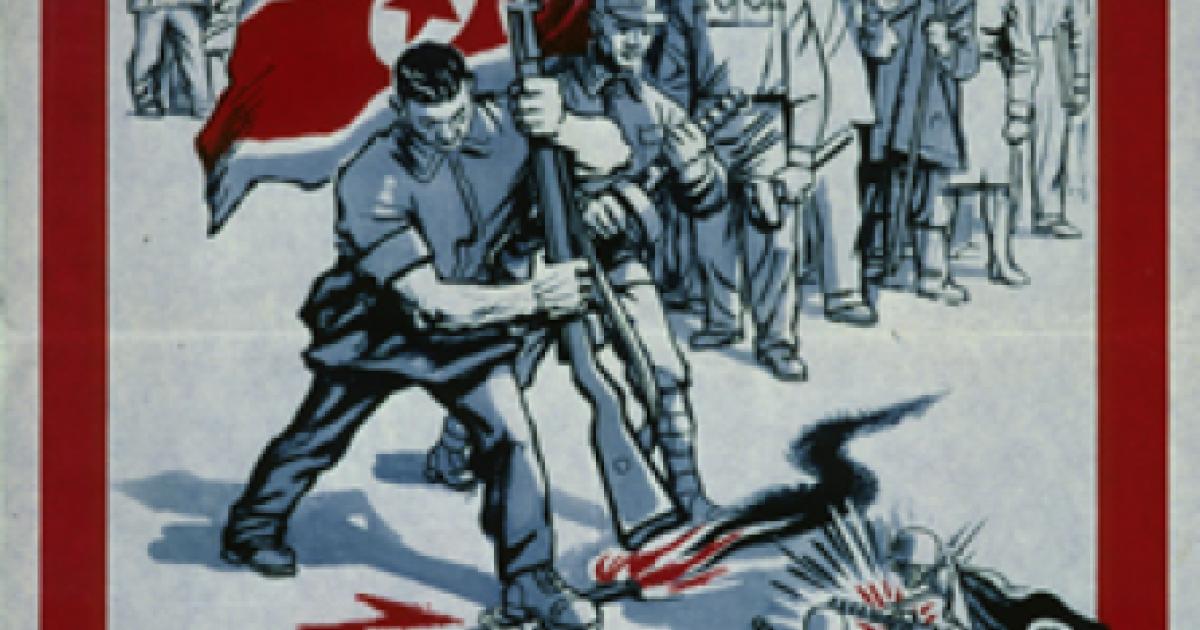- History
- Military
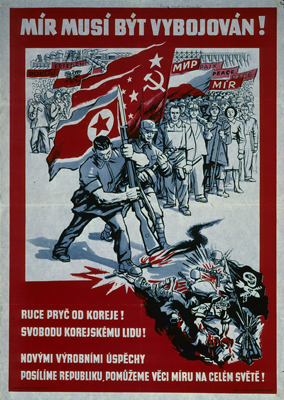
On January 12 1950, Secretary of State Dean Acheson gave a well-crafted speech at the National Press Club, a speech which has lived in infamy since its delivery, still haunting the U.S. and its allies in the Asia and Pacific region in general and the Korean Peninsula in particular.
To most people, this was a veritable green light given by Mr. Acheson to the communists to invade South Korea on June 25, 1950. The speech is remembered for its crucial element: the exclusion of the Republic of Korea [South Korea] and Republic of China [Taiwan] from a U.S. “defense perimeter” that runs from Japan’s Ryukyu Islands to the Philippines. This reduced American “defense perimeter” encouraged communist forces in North Korea to take military actions without suffering American military reprisals, a key concern of Joseph Stalin, Mao Zedong, and Kim Il-sung prior to Acheson’s speech. According to Soviet eyewitness accounts made available after the Soviet Union’s collapse in the early 1990s, Acheson’s speech was rushed to Stalin’s desk for a careful study. Stalin then immediately held secret deliberations with Mao, who had been in the USSR since late December 1949, about the seemingly changed military assessment concerning Korea. Ever since Moscow created the Democratic People’s Republic of Korea [North Korea] in 1948, Kim had been begging Stalin to approve his plan to attack South Korea, only to be repeatedly rejected by him on account of an assumed American military response. But only two weeks after Acheson’s speech, as the post-Soviet Union archival releases have indicated, on January 30, 1950, Stalin finally issued a general approval for Kim Il-sung to launch the attack on the South.
Mr. Acheson and his liberal allies have vehemently denied that his speech gave a green light for the outbreak of the war. In fact, Mr. Acheson argued that the color of his speech was not green, but rather red, an unambiguous “no go” for the communists to start any act of aggression. “This was specious,” Mr. Acheson bitterly wrote in his memoirs, referring to the Green Light charge, “for Australia and New Zealand were not included [in the defensive perimeter] either.”
So what was the color of Mr. Acheson’s speech, green or red? The answer is both and neither.
Mr. Acheson’s speech was centrally framed in a persistent American fantasy, still prevalent today in a large section of the American national security and foreign policy establishment, namely the obsession with Moscow as the ultimate mortal enemy of the United States. The real emphasis of Mr. Acheson’s speech was not the “defense perimeter,” it was a blistering warning against any effort by the Soviet Union to dominate any part of the Asia and the Pacific region. In this sense, Dean Acheson gave a red light warning to Moscow about conducting direct Soviet military actions in Asia.
But Mr. Acheson’s speech was also a green light. In his effort to prevent Soviet domination in Asia, Mr. Acheson was completely blindsided by the fact that Stalin, Mao, and Kim were all communists in a united front against the United States and its allies. In the speech, Mr. Acheson foolhardily encouraged a “national independence” movement to prevent Soviet domination in Asia, strongly signaling Mao Zedong that the U.S. would not intervene if Chinese troops moved to “liberate” Taiwan or Kim’s troops did so to “liberate” South Korea. Instead, Washington would consider these moves to be directed towards “nationalist independence.” In other words, any aggression launched by Mao or Kim would be legitimized as a just expression of Asian “nationalism,” not necessarily a Soviet-directed communist expansion. The exclusion of South Korea and Taiwan from the American “defense perimeter” is thus the proof of Mr. Acheson’s faith in Mao and Kim as possible communist leaders to be peeled off from Moscow at some future date. In this sense, Mr. Acheson’s speech was the coveted green light for Stalin, Mao, and Kim.
Therefore, with both a red light and a green light, the color of Dean Acheson’s passive-aggressive speech was the worst possible choice, the mixture of green and red: yellow.
Yellow is the color of strategic ambiguity and policy indolence, the lethal dose of which contained in Mr. Acheson’s fateful speech made it one of the most regrettable policy pronouncements in U.S. diplomatic and strategic history.
Nearly seven decades have passed since Dean Acheson delivered these mixed signals in his infamous speech. The United States remains the only strategic deterrent to a North Korean military gambit, and Pyongyang is still poised to invade or to destroy South Korea and beyond. The only thing that has changed is Pyongyang’s approving authority for a major military action has now shifted from Moscow to Beijing.
Let’s not repeat Dean Acheson’s mistake by harboring any illusion about some non-existent strategic schisms between Beijing and Pyongyang; there are none, and to believe otherwise would only fuel the persistent Washington urge to give mixed messages. Beijing and Pyongyang deserve a signal of one uniform color: a definitive red light.







